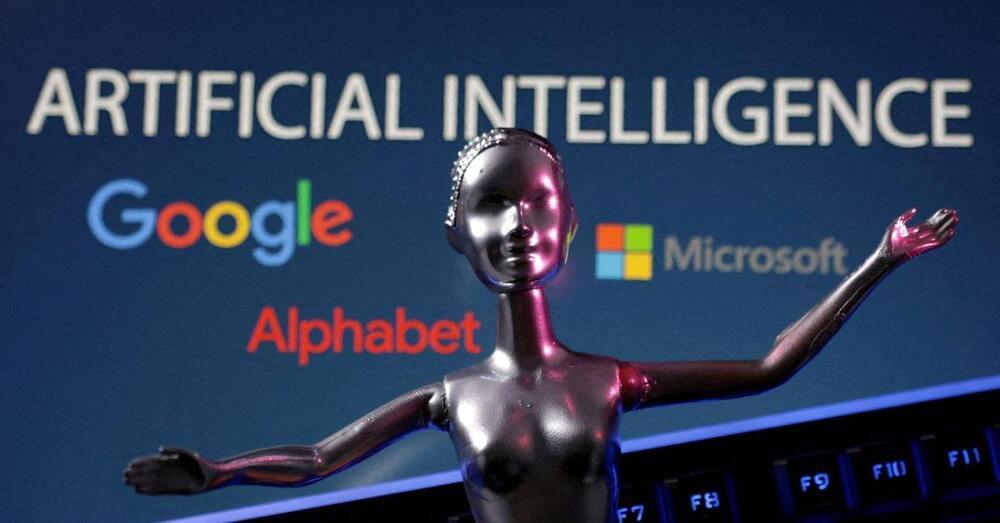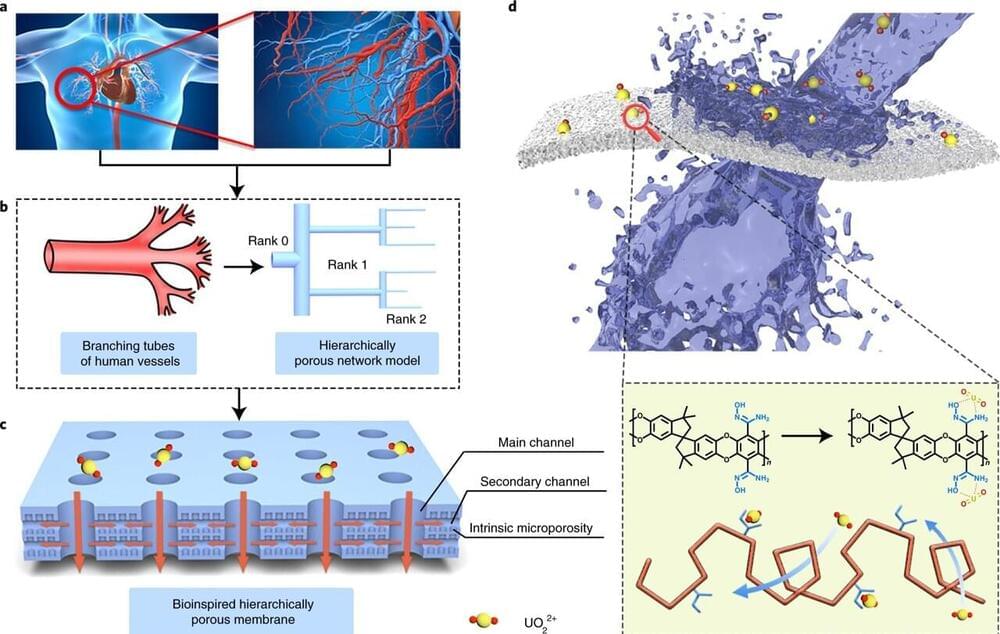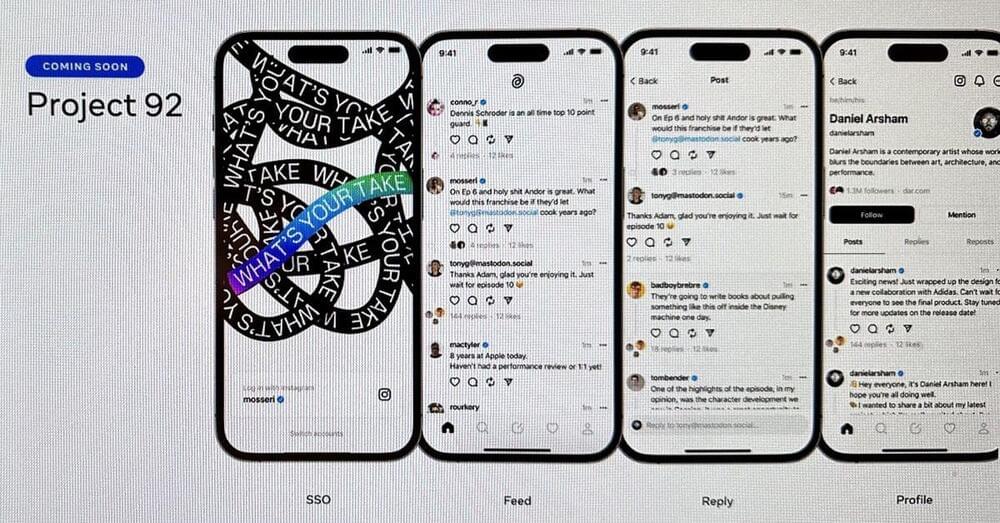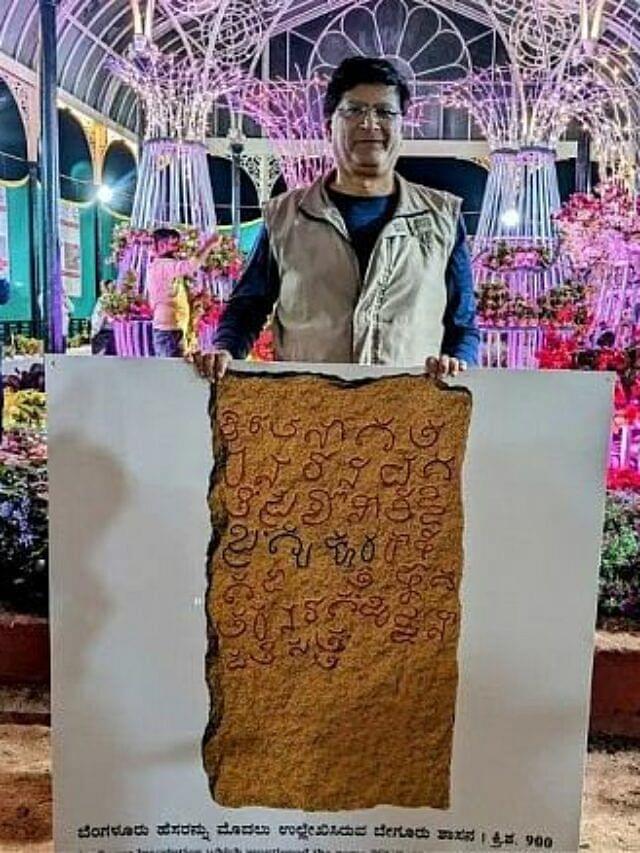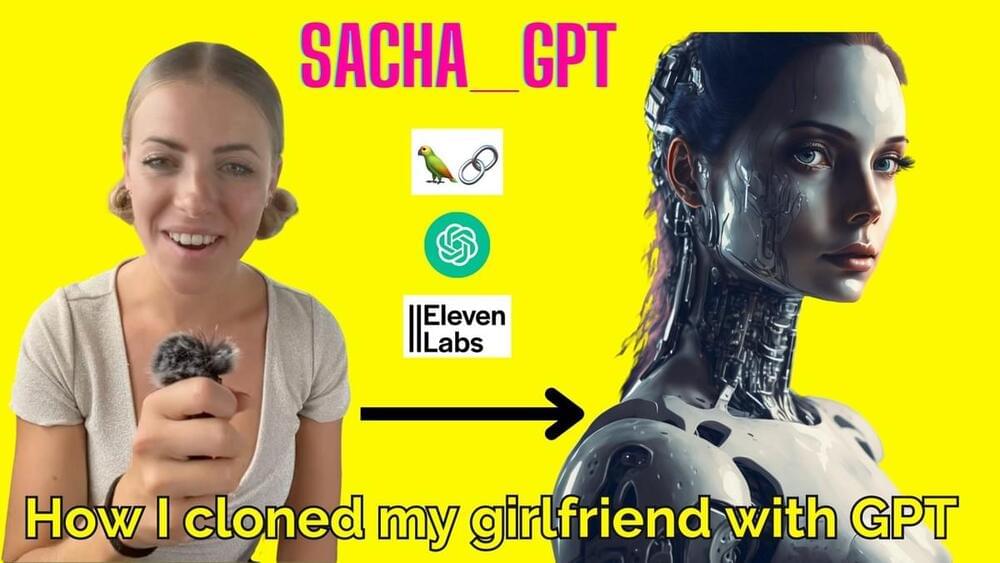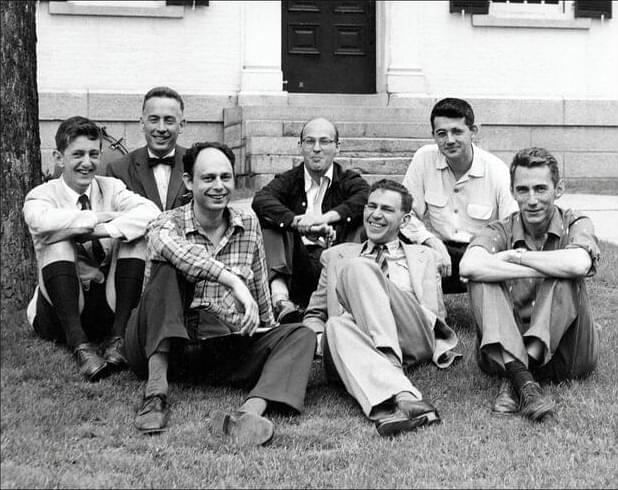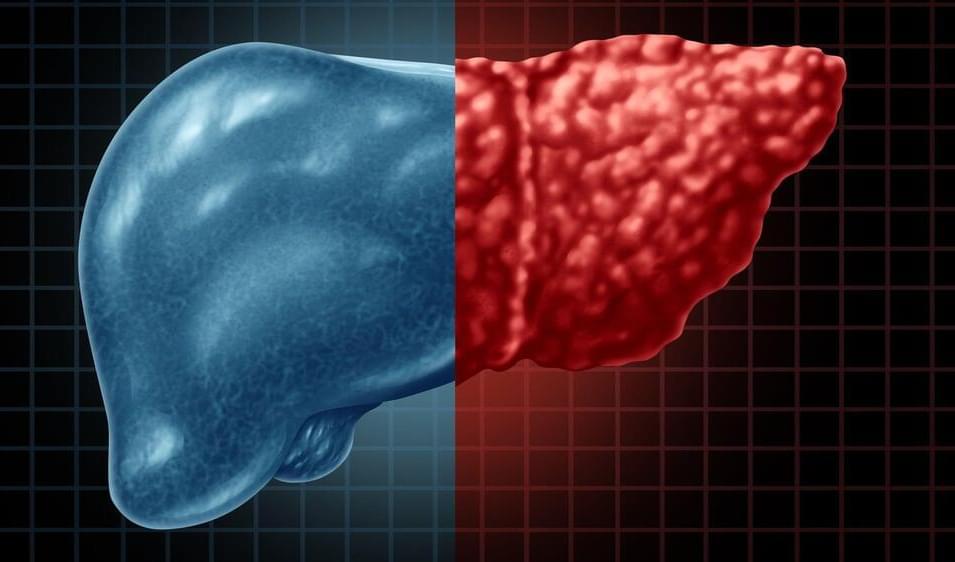June 8 (Reuters) — Alphabet’s (GOOGL.O) Google and Microsoft (MSFT.O) are inserting ads into AI experiments without providing an option to opt out of participation, an approach that has already rankled some brands and risks further pushback from the industry, ad buyers told Reuters.
The two tech giants are racing to revamp their search engines with artificial intelligence that can produce written responses to open-ended queries. That process will upend how advertisers reach consumers through ads on search results, a market that is estimated to grow 10% to $286 billion this year, according to research firm MAGNA.
Microsoft is testing ads in the Bing AI chatbot, which began rolling out to users in February, by relocating some traditional search ads and inserting them into the AI responses, the company said.
